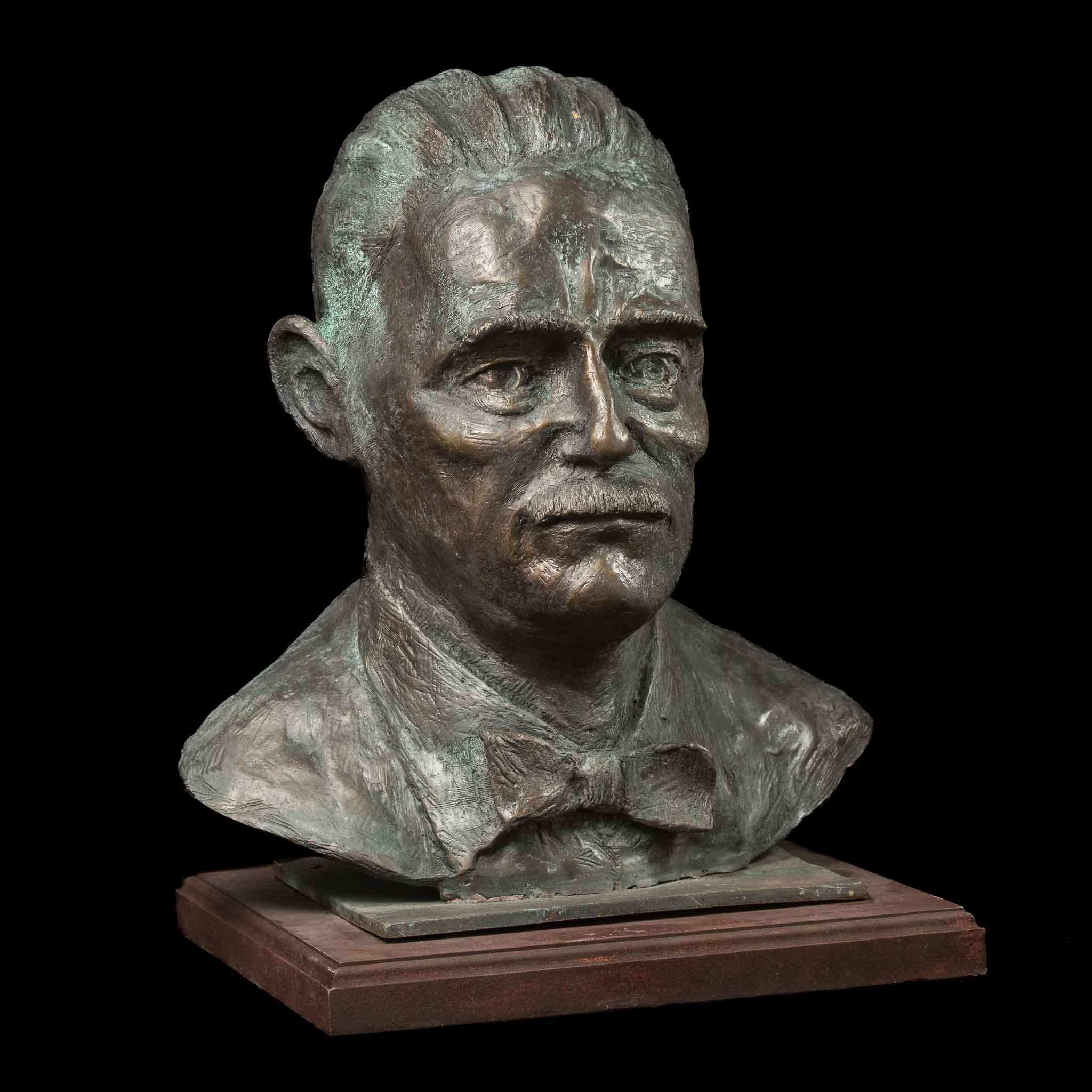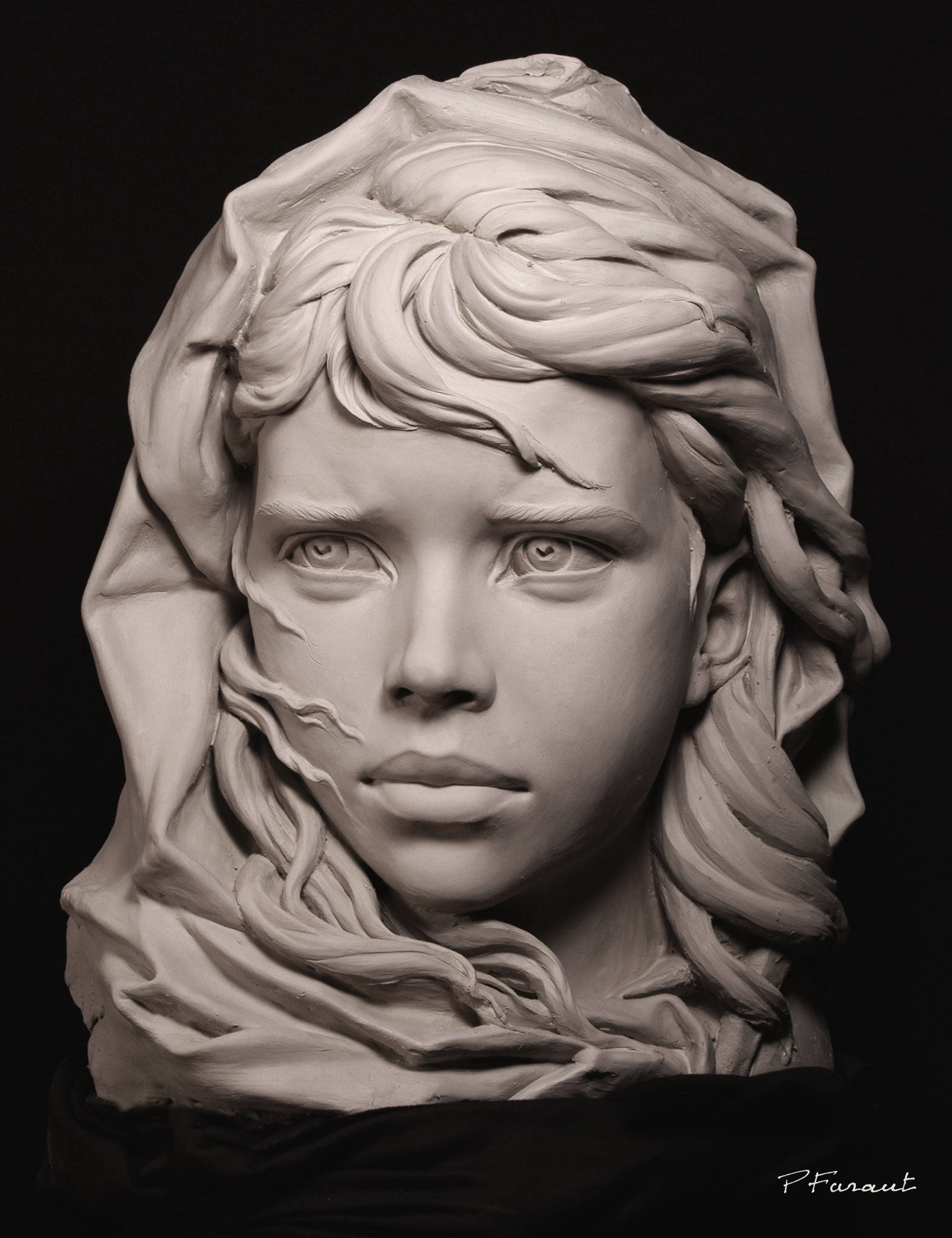Eternal Beauty in Bronze: Unveiling the Art of Bronze Sculptures
Wiki Article
The Evolution of Sculptures: From Ancient to Modern
The Advancement of Sculptures: From Old to Modern. Robert C Hitchcock Sculptor.Sculpture, one of the oldest types of art, has been an essential part of human people for millennia. From the ancient civilizations of Egypt and Greece to the contemporary era, sculptures have advanced, mirroring changes in creative methods, products, and social influences. This trip through time traces the development of sculptures, checking out the changes stylishly, subject matter, and imaginative expression.
Beginning with the old world, sculptures crafted from rock and later bronze caught the essence of divine beings, rulers, and everyday life. The Renaissance period saw a rebirth of classic sculpting techniques, as artists sought to emulate the elegant types of ancient Greek and Roman sculptures (Portrait Sculptor). In the contemporary period, artists tested conventional limits, embracing abstraction and testing with brand-new products
This exploration will certainly explore the diverse evolution of sculptures, disclosing the rich tapestry of imaginative expression throughout different durations and cultures.

Old Sculptures: From Stone to Bronze
Ancient sculptures transitioned from being sculpted out of stone to being cast in bronze. Rock sculptures, while impressive in their own right, were restricted by the nature of the product. Equine Sculptures.The introduction of bronze as a medium for sculptures caused a transformation in imaginative expression. Bronze used carvers the possibility to create natural and intricate types that were not possible with rock. The process of casting bronze enabled the production of several copies of a sculpture, making it possible for broader distribution and preservation of these creative work of arts.
The shift from stone to bronze also saw a change in the subject issue of sculptures. While stone sculptures mostly illustrated gods, sirens, and mythical figures, bronze sculptures began to mirror a broader variety of topics, consisting of everyday individuals and pets. This development of topic showcased the convenience and adaptability of the bronze medium.
Renaissance Resurgence: Sculpting in the Timeless Design
The Renaissance rebirth of sculpture observed a renewal in the classic style, structure upon the advancements made throughout the shift from rock to bronze in ancient sculptures. Throughout this duration, musicians sought to recreate the timeless visual and perfects of elegance that were prevalent in old Greek and Roman sculptures.One of the crucial features of the Renaissance revival was the emphasis on naturalism and the human form. Artists like Donatello and Michelangelo strove to record the anatomical information and expressions of their subjects with extraordinary accuracy. They examined the human body and incorporated their monitorings into their sculptures, resulting in practical and lifelike representations.
Another crucial element of the Renaissance rebirth was the expedition of point of view and depth. Artists used strategies such as contrapposto, where the weight of the body is shifted to one side, creating a feeling of activity and dynamism. They likewise try out different products, including marble and bronze, to attain a level of elegance and complexity in their sculptures.

Innovation and the Avant-Garde: Breaking Standard Boundaries
Throughout the Modernism and Avant-Garde movements, artists pushed the limits of typical imaginative conventions. This duration, which emerged in the late 19th and very early 20th centuries, saw a dramatic change in the means artists came close to sculpture. Turning down the concept of art as plain replica, modernist carvers sought to check out new types, materials, and principles.
Among the vital qualities of modernist sculpture was the focus on abstraction. Sculptors relocated away from realistic depictions and instead concentrated on recording the significance of the topic with simplified kinds and geometric shapes. This departure from conventional representation enabled artists to reveal their feelings and concepts in a much more subjective and individual fashion.

Contemporary Sculptures: Exploring New Materials and Concepts
With a focus on discovering new products and ideas, modern sculptures have changed the field of art. Artists today are pressing the boundaries of typical sculpture by exploring and making use of innovative materials with abstract ideas. These sculptures test conventional concepts of meaning, kind, and materiality, welcoming viewers to engage in a brand-new and provocative imaginative experience.Contemporary sculptors are embracing a large range of materials, consisting of plastic, glass, steel, moved here and even raw material. They are not limited to the conventional tool of rock or clay, permitting greater freedom of speech and testing. This change in the direction of unconventional materials has actually opened brand-new possibilities for musicians to create sculptures that are vibrant, interactive, and visually striking.
In enhancement to discovering new materials, contemporary sculptures also dig right into complicated and abstract ideas. Artists are currently discovering motifs such as identity, social problems, and the atmosphere, using sculpture as a powerful tool for social discourse and self-questioning. These sculptures challenge visitors to believe critically and involve with art on a much deeper degree, sparking conversations and provoking emotional actions.
Global Influences: Sculptural Practices From Worldwide
Sculptural practices from numerous areas of the globe have substantially formed the development of sculptures throughout background. The global impacts on sculpture have actually varied and have actually added to the richness and range of artistic expressions. From the ancient people of Egypt, Greece, and Rome to the intricate makings of Oriental cultures, each region has established its unique sculptural traditions that have actually affected musicians across time.In old Egypt, sculptures were developed mainly for religious and funerary purposes. The famous sculptures of pharaohs and gods, such as the Great Sphinx and the breast of Queen Nefertiti, display the Egyptians' proficiency of stone sculpting and their idea in the immortality.

In old Rome, sculpture served both political and artistic functions. Roman sculptures usually shown emperors, generals, and mythological numbers, showing the power and grandeur of the realm. The marble sculpture of Augustus of Prima Porta and the huge Arch of Constantine are remarkable instances of Roman sculptural accomplishments.
Asian sculptural practices, particularly in India, China, and Japan, have additionally had an extensive influence on the evolution of sculptures. Indian sculptures, such as the intricately sculpted temples of Khajuraho and the enormous statuaries of Buddha, show a rich combination of religious, mythical, and building elements. Chinese sculptures, characterized by their great workmanship and focus to detail, typically depict deities, pets, and epic figures. Japanese sculptures, affected by Buddhism, highlight simpleness and harmony, seen in the serene sculptures of Buddha and the classy art of bonsai.
The worldwide impacts on sculpture proceed to develop in the contemporary age. As we look to the future, it is particular that the international impacts on sculpture will continue to form and redefine this ancient art form.
Conclusion
In verdict, the advancement of sculptures has seen a change from old rock and bronze functions to the classic resurgence throughout the Renaissance. Today, contemporary sculptures discover new materials and principles, while likewise attracting inspiration from global sculptural practices.From the ancient human beings of Egypt and Greece to the contemporary period, sculptures have evolved, showing adjustments in artistic techniques, materials, and social impacts.Starting with the old world, sculptures crafted from stone and later bronze caught the significance of deities, leaders, and everyday life.Ancient sculptures transitioned from being carved out of stone to being cast in bronze. While rock sculptures primarily shown gods, goddesses, and mythical figures, bronze sculptures started to mirror a broader range of topics, consisting of daily individuals and pets.In final thought, the development of sculptures has seen a change from old stone and bronze works to the classic rebirth throughout the Renaissance.
Report this wiki page